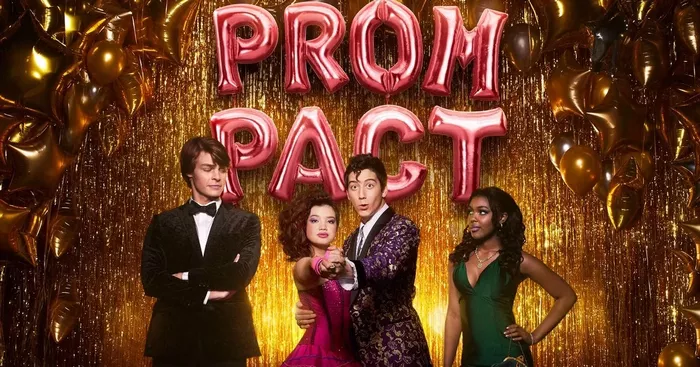In the ever-evolving landscape of filmmaking, the integration of artificial intelligence (AI) has sparked a contentious debate within the industry. The latest controversy surrounds Disney+’s film “Prom Pact,” where VFX artists have come forward to criticize the flaws in the AI-generated background actors. These digital doubles, initially hailed for their potential to enhance the cinematic experience, are now facing increased scrutiny, raising questions about their necessity and the potential for a cover-up within the entertainment giant.
SAG-AFTRA Strike Puts Hollywood’s Use of AI in the Spotlight
The recent strike by the Screen Actors Guild-American Federation of Television and Radio Artists (SAG-AFTRA) has further intensified concerns regarding the use of AI in Hollywood, particularly its role in replacing real actors. The effects in “Prom Pact” have become a focal point for criticism, as VFX artists meticulously dissect the digital performances, exposing flaws that cast doubt on the efficacy of AI actors. As the strike reverberates through the industry, it brings to light the ethical and creative dilemmas surrounding the implementation of artificial intelligence in filmmaking.
Unraveling the Impact of the SAG-AFTRA and AMPTP Agreement on AI in Film
The strike has prompted a closer examination of the relationship between SAG-AFTRA and the Alliance of Motion Picture and Television Producers (AMPTP). While the agreement between the two entities suggests potential implications for the use of AI in film, the specifics remain shrouded in mystery. The lack of transparency has fueled speculation within the industry about the extent to which the strike might influence the future of artificial intelligence in filmmaking. As stakeholders anxiously await details, the controversy surrounding “Prom Pact” adds a layer of complexity to an already contentious issue.
VFX Artists Raise Concerns Over AI-Generated Background Actors
The heart of the controversy lies in the meticulous observations made by VFX artists working on “Prom Pact.” These professionals, responsible for bringing visual effects to life, have highlighted significant flaws in the AI-generated background actors. From unnatural movements to facial expressions that fall short of capturing authentic human emotions, the criticisms paint a picture of AI struggling to replicate the nuanced performances of real actors. This revelation raises fundamental questions about the need for digital doubles in the first place and whether their integration is a genuine enhancement or a compromise on artistic integrity.
Doubts Cast on the Efficacy of Digital Doubles
As the flaws in the AI-generated background actors come to light, doubts are being cast on the efficacy of digital doubles as a whole. Initially, these technological advancements were lauded for their potential to seamlessly blend with live-action footage, providing filmmakers with a versatile tool for creating expansive and visually stunning worlds. However, the criticisms from VFX artists suggest that the current state of AI may not be advanced enough to fully replace human actors convincingly. This realization raises concerns about the long-term viability of relying on AI for performances that require a nuanced understanding of human behavior and emotion.
The Ongoing Debate: Artistic Integrity vs. Technological Advancements
The controversy surrounding “Prom Pact” and the broader debate over the use of AI in filmmaking underscore the ongoing tension between artistic integrity and technological advancements. While AI has undoubtedly opened new doors for creativity and expanded the possibilities of storytelling, it also poses challenges to the traditional role of actors in the industry. As filmmakers navigate this delicate balance, the scrutiny of AI-generated performances serves as a poignant reminder that, despite technological strides, the human touch remains irreplaceable in capturing the depth and complexity of human experiences on the silver screen.

